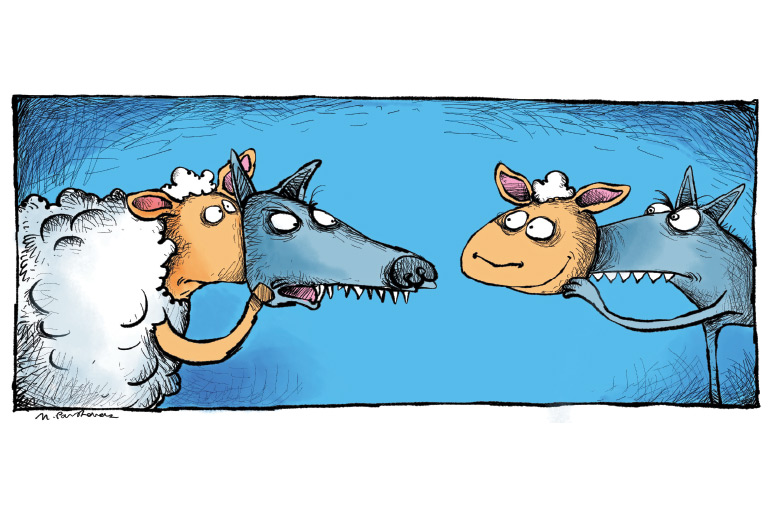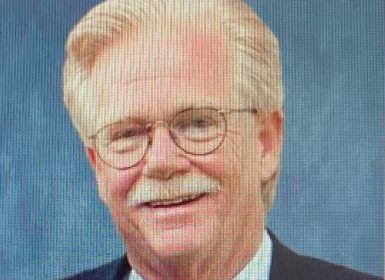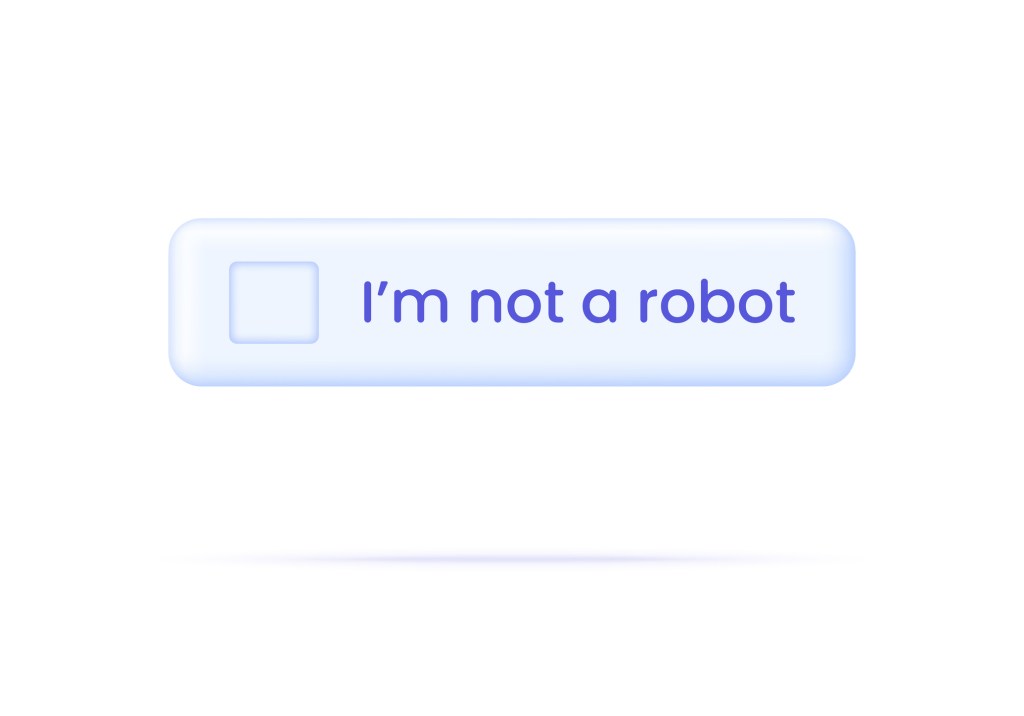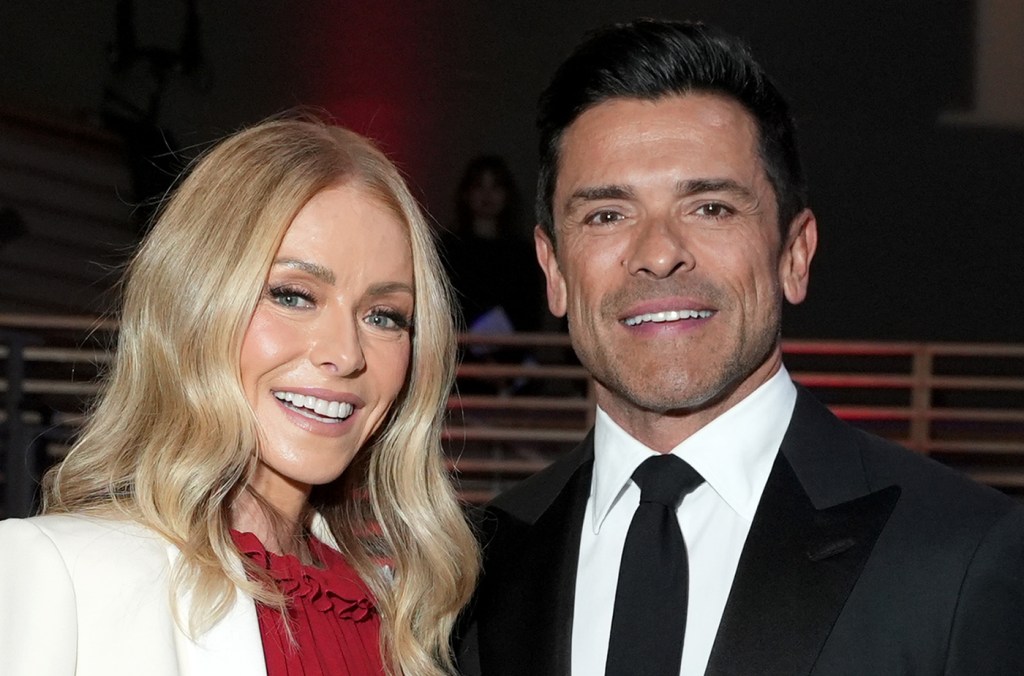Deepfakes Videos: Not Being Able to Believe Anything Could Solve the Problem

Some time before the end of this year, people up to no good will be able to produce videos of famous people talking into a microphone and saying things they never said. This trickery, known as Deepfakes, is the result of new computer technology.
Recently, an article in The Guardian of London took a survey of the technology coming to market. Stanford University has created Face2Face where Vladimir Putin is seen saying something he never said. A team at the University of Alabama has been working on voice impersonation. A student speaks into a microphone but the voice coming out of a speaker is the voice of George W. Bush. In Canada, a startup called Lyrebird (say it as Liar-bird) has a program that results in text in a newspaper being “spoken” by whoever you want it to sound like—Donald Trump or Nancy Pelosi.
The Guardian quotes people working on these projects to describe how these programs could be used. You could leave a voice message on a person’s cell phone that appears to come from his or her mother. You could take a speech of Donald Trump and replace it with him declaring war on North Korea. It’s not just how his lips move. It’s also his head and arms. It’s really him.
Several companies are working to create markers that could be used in identifying fake speeches. Steve Brill is launching NewsGuard to do that. A company called Storyful is now coming on the market to verify proper news content.
“We already see it doesn’t even take doctored audio or video to make people believe something that isn’t true,” Storyful’s Mandy Jenkins told The Guardian.
I recall a series of videos that influenced the 2016 election. A man with a hidden camera went to apply for a job with Hillary Clinton’s campaign. He would ask innocuous questions about the job and get a reply.
“Certainly Hillary knows all about this,” a campaign official would say, answering a question about how the group linked up with the candidate. You could see him saying this. But then the video would get doctored. Though what the official said would be left alone, the question being asked by the job seeker/video maker, which was voiceover, was changed. It became an outrageous question—does Hillary know homeless people are being paid by her campaign to protest Trump? By George, yes, she does. I know people who watched these videos before Election Day and decided to change their votes. They couldn’t vote for Hillary anymore.
Shortly after Trump’s victory, and some time after the British Brexit vote that many British officials believe was tampered with, the French had an election for a new prime minister where centrist candidate Emmanuel Macron was expecting a strong challenge from right wing candidate Marine Le Pen. Word came in that a huge amount of fake videos would come through to the French citizenry via their social media accounts making incorrect and damaging statements about Macron. Don’t pay attention to this, the government warned the public. And indeed, during the 48 hours before the election the country was barraged with the expected outrageous and inaccurate charges from Le Pen against Macron. People ignored it. Macron won.
If the new false videos can have Trump or Bernie Sanders or anyone else appear to be seen saying whatever the trickster wants to have said, the situation will shake the democratic process to the core. It will be a danger to America. Considered the same as shouting fire in a crowded theater. Protecting freedom of speech will need to be redefined as to protect IN PERSON speaking. But not what is passed off as real video on social media.
I believe China already has laws in place that punish people who do this sort of thing. Laws here should make it a felony to create or disseminate video from any politician saying anything at all in America. We’ll have to protect freedom of speech from videotaped speech.
What will be left? Going to hear and see what a candidate says in person. That, along with newspaper essays, was how candidates very successfully made their points for 100 years before the advent of radio and video.
Another thought: Open two new networks, one for the Democrats and one for the Republicans, and have each party closely monitor their own. Appeal to Americans to get the right news there.









